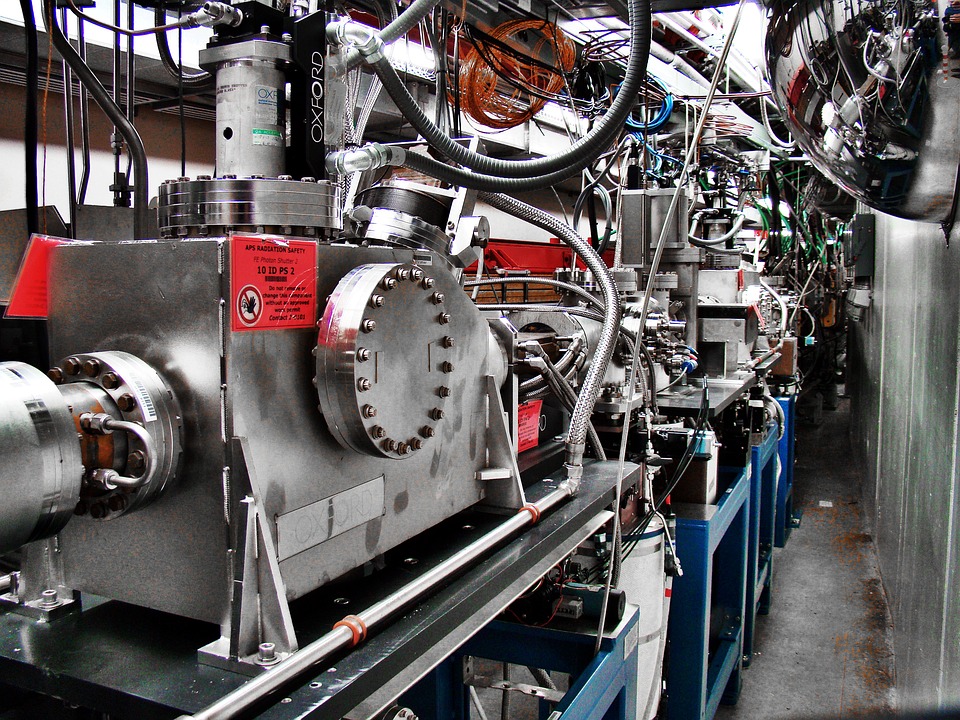New superheavy isotopes could be produced soon
What are the chances of creating new isotopes of superheavy elements? Researchers highlighted the most promising channels for the production of a wide range of isotopes with atomic numbers from 112 to 118.
Calculations carried out by Polish scientists in collaboration with a group of scientists from Dubna (Russia) allow them to predict the chances for the creation of new isotopes of superheavy elements with previously unavailable accuracy. Scientists presented the most promising channels for the production of a wide range of isotopes with atomic numbers 112 to 118 in various nuclear collision configurations that led to their formation. The predictions confirm, with excellent compatibility, the experimental data available for methods that have already been tested.

Super heavy isotopes
In the work in "Physics Letters B"An international team of scientists presented new, extremely rich and promising results of predictions for the probabilities (active cross-sections) of the production of isotopes of the heaviest elements with atomic numbers from 112 to 118. Calculations were made for the fusion processes induced by Ca-48 nuclear projectiles carried out according to the plans of future experiments.
Polish Scientists - Prof. Michał Kowal, Head of Theoretical Physics Department of the National Center for Nuclear Research and Dr. Piotr Jachimowicz from the University of Zielona Góra - presented the results of their calculations, taking into account the effects that have not been taken into account so far, but which have a great influence on the accuracy of the final results.
To get their results, the researchers used the statistical method, generating millions of states about the ground state and what is known as the saddle point. The method and the results are described in detail in a parallel study.
Predictions confirmed by the experiments
By examining the stability and analyzing possible decay channels of the resulting nuclei, the researchers took into account both the decay caused by the emission of neutrons and protons as well as alpha particles.
The results presented in this work agree very well with the data obtained in the experiments that have already been carried out. At the same time, the authors point out the most promising channels for the production of new isotopes that have not yet been produced, which could be used for future planned experiments. "The excellent compatibility with the existing excitation functions (probability of a super-heavy nuclear synthesis) allows us to have confidence in the prognoses and predictions presented" - so it said in the NCBJ communiqué.
Image source: Pixbay (Cyclotron)